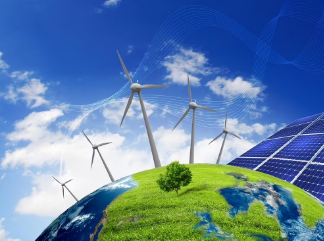
The world is on the brink of a major energy transformation as renewable electricity production is set to surpass all other major sources, signaling the end of the fossil‑fuel era. Reports indicate that more renewable capacity is expected to be deployed in the next five years than in the previous four decades.
A key factor driving this shift is the dramatic drop in the cost of solar- and wind-based electricity, particularly in sun-rich regions such as the Middle East and Asia. Low-carbon energy sources are expanding faster than any other form of power. At the same time, global electricity demand is projected to grow by around 40 percent over the nex... Read more

Recent flash floods across the towns and cities in the lap of Himalayan region brought forth destruction, devastation and disaster risks to the forefront. In this photo story we bring to you destruction at the school based on the manjhi river bank, vulnerability of poor household situated adjacent to river bank and reconstruction work post the flashflood in Bhagau Nag area of dharamshala.